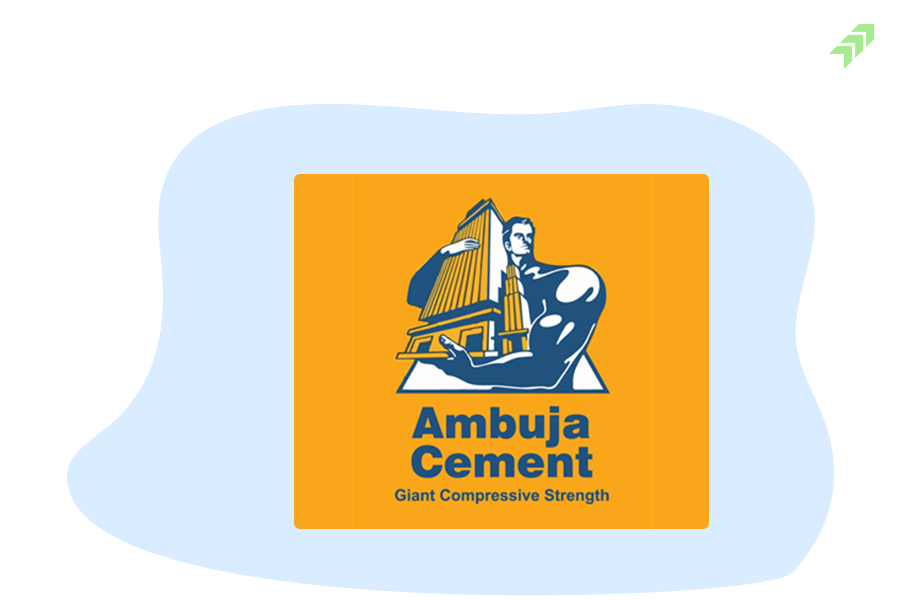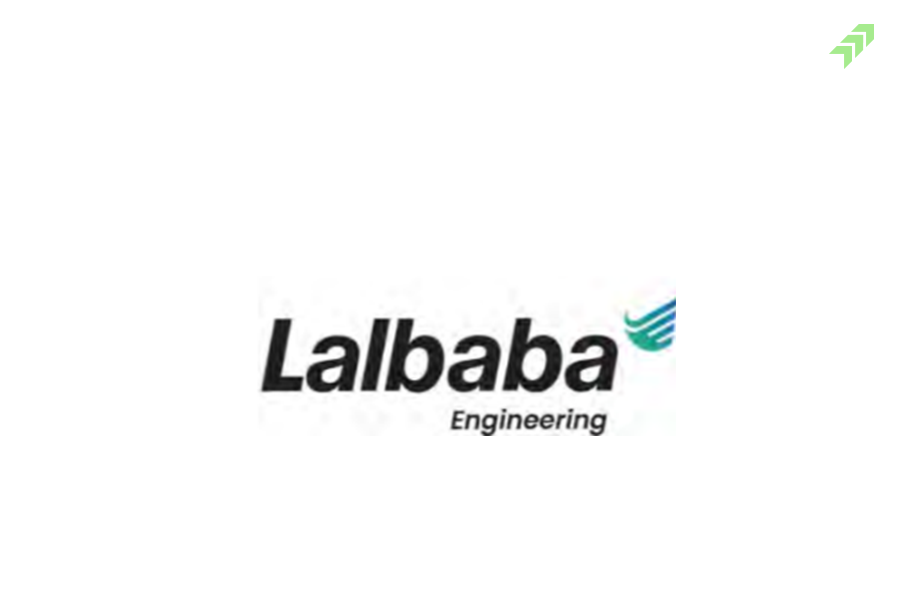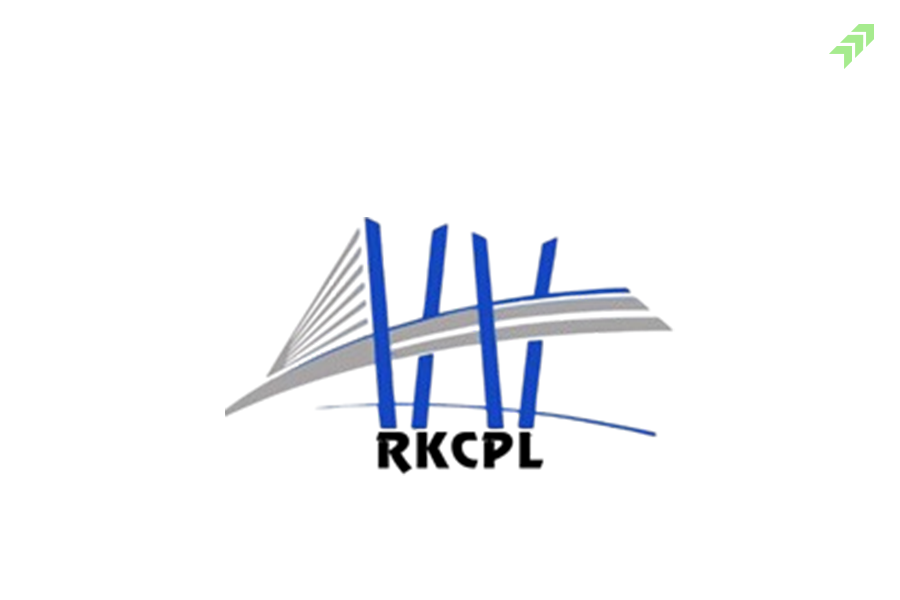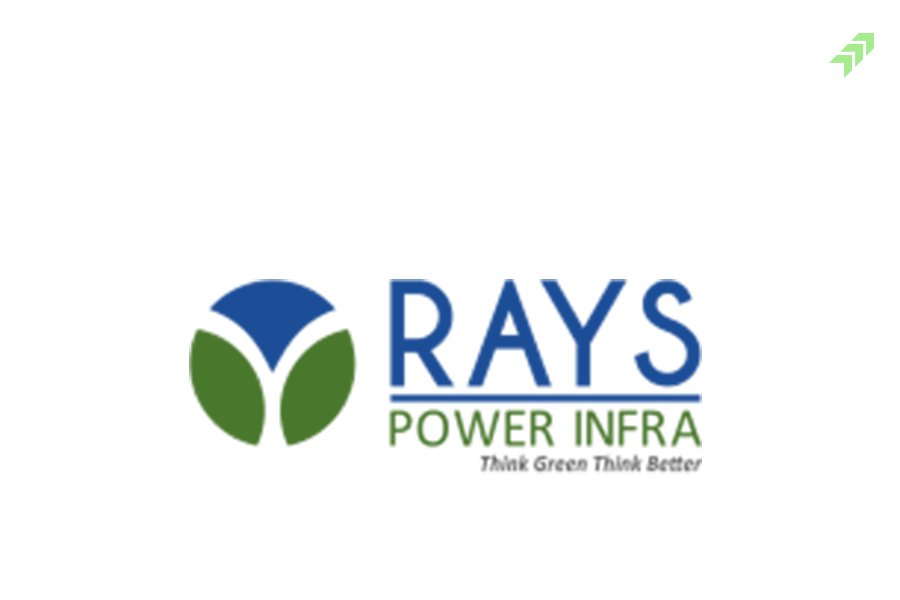Currency
Foreign exchange also known as Forex is most liquid, decentralized, over the counter market with more than $6.6 trillion daily volume as of 2019. The foreign exchange market is critical to the facilitation of international trade and investment. Banks, central banks, investment management firms, retail forex dealers, and investors make up the foreign exchange markets.
Conservative Hybrid fund
Conservative funds are mutual funds that invest in both debt and equity securities. Investors with a low-risk tolerance invest in conservative mutual funds. The portfolio invests between 70 and 90 percent of its assets in debt and 10 to 25 percent in equity. The debt investments in the fund generate income, while the equity portion of the fund provides capital appreciation at a lower risk. These funds typically invest in large-cap stocks as well as high-quality debt securities.
Commodities
A commodity market is one that deals in raw materials rather than finished goods, such as cocoa, fruit, and sugar. Commodity pricing is primarily influenced by supply, demand, and scarcity. Futures contracts are the most traditional type of commodity investment. Physical trading and derivatives trading in commodity markets can include spot prices, forwards, futures, and options on futures. Commodity producers have used a simple form of derivative trading in the commodity market to manage price risk for ages.
Capital Growth
The gradual increase in the value of an asset or investment is referred to as capital growth. If the asset is traded on a market, the price / NAV reflect its growth. This is usually a long-term goal for every investor. This growth is measured by the difference between an investment’s or assets current market value and the purchase price or asset’s value at the time of acquisition.
Closing price
The price at which the stock traded before the closing of the market is called the closing price.
Cash commodities
A cash commodity is a tangible product that is exchanged for payment. Cash commodities are frequently traded in futures markets. Agricultural products, minerals, oil, and gold are examples of cash commodities.
Cover order
A Cover Order is an order that is placed with a Stop Loss Order. Cover order allows you to place two opposite orders for the same stock at the same time. The first type of order is a Market Order, and the second type specifies a Stop Loss Trigger Price (SLTP) and a Limit Price.. Because you place the Stop Loss Order at the same time as you take a position, the risk is automatically reduced.
Cash market
A cash market is a public marketplace where financial instruments such as securities or commodities are settled immediately. A cash market is the exact opposite of a futures market, in which delivery is made at a future date. Cash markets are also referred to as spot markets because their transactions are settled “on the spot.”
Circuit breaker
A circuit breaker is an emergency measure used to halt panic selling after a security or an index has fallen significantly by a certain amount. Circuit breakers attempt to limit selling and can also be triggered by panic-buying. They are frequently used for both individual securities and broad market indexes. The circuit depends on the severity of rise / fall and the timing at which the stock or the stock / indices fall or rise.
Cheaper to deliver
The phrase “cheapest to deliver” refers to the cheapest security delivered in a futures contract to a long position in order to meet the contract specifications. It is only relevant for contracts that allow for the delivery of a variety of slightly different securities. When two parties enter into a futures contract, the buyer promises to buy and the seller promises to sell. In cases where multiple financial instruments can satisfy the contract due to the lack of a specific grade, the seller holding the short position can determine which instrument will be the cheapest to deliver.
Clearing house
A clearinghouse is an authorized intermediary in a financial market between a buyer and seller. The clearinghouse validates and completes the transaction, guaranteeing that both the buyer and seller fulfil their contractual commitments. It improves the financial markets’ stability and efficiency. To accomplish this purpose, every financial market has a designated clearinghouse or an internal clearing division
Commodity exchange
A commodities exchange is a legal entity responsible for governing and enforcing trading rules and procedures for standardised commodity contracts and related investment products. The commodities market is massive, with trillions of dollars traded every day. MCX, NCDEX and ICEX are some of commodity exchange in India.
Corporate earnings announcement
Once in a quarter, publicly traded companies report their earnings figures. During an earnings announcement, the corporation provides information on various operational activities, such as revenue generated, net profit, expenses, and so on. The market discounts the price of security prior to the release of the earnings report based on their expectations. If the report and its associated components meet expectations, the stock rises; otherwise, it falls. This is the period when stock prices become volatile.
Custodian
A custodian is a specialised financial institution that protects customers’ assets from misappropriation, misuse, theft, and/or loss. A custodian’s primary responsibilities are asset safekeeping, trade processing, and asset processing. The custodian stores securities and other assets either electronically (demat shares, certificates) or physically (physical shares, precious metals).
Contract note
It is the official legal record of a transaction executed on a stock exchange by a stock broker. The trader receives the contract note at the end of the day if she or he has purchased or sold shares through that particular broker. It serves as confirmation of a stock exchange trade made on behalf of a client on a specific day. Date, time, price, quantity traded, and other important details are included in the contract note
Call
A call options contract grants the buyer the right, but not the obligation, to buy a specific quantity of underlying assets at a specific price (strike price) on a specific date (known as the expiration date). The contract specified price is known as the strike price, and the time period during which the sale can be made is known as the expiration date. You must pay a premium to buy a call option; the premium is the maximum amount you can lose. The call holder (buyer) is profitable when the price of underlying asset increases.
Cumulative preferred shared and non-cumulative preferred shares
Preference shareholders get a fixed guaranteed dividend. In cumulative preference shares, if the company fails to pay the dividend in a given year, the dividend is accumulated and paid in subsequent years as and when the company generates sufficient profits. Whereas if the company fails to pay the dividend in a particular year, then the same is not accumulated and paid in future years as and when the company makes ample profits
Convertible preferred shares and non-convertible preferred shares
Preference shared enables investors to convert their preferred stocks into common equity shares at a pre-determined price. On the other hand, non-convertible shares can’t be converted into common equity shares. Convertible shares are beneficial for the investor if the common stocks of the company provide compounding growth over time.
Contrarian investing
Contrary refers to opposite of what is logical or expected. Contrarian investing involves putting your money into assets that run counter to market sentiment. When the stock market is falling, contrarian investors buy—or sell when there is a rush of buyers. Contrarian investing is a type of active investing because contrarians seek to outperform the market rather than keep up with it. Contrarian investing and value investing may have the most in common. Both approaches seek out opportunities that the majority of investors have overlooked or mispriced. Both are looking for underpriced stocks, or stocks where the share price is less than their estimate of a company’s intrinsic value. Contrarian investors may find themselves in line with short sellers, who bet on falling prices by “shorting” a security. Nonetheless, contrarian investors typically have a longer time horizon than short sellers and are equally focused on investment opportunities that necessitate an increase in asset prices.
Close-ended
In a closed-ended mutual fund, investment can be made during the new fund offer period (NFO) and the securities are locked for a specific period. If the investor wishes to liquidate his position, he/she has to wait for the lock-in period to get over and wait for the specified maturity date. However, to provide liquidity the units can be traded through the organized stock exchange. Since there is no liquidity in the lock-in period so price discovery is not possible for securities trade below NAV.
Common equity
The company’s primary capital is represented by common stocks. The company offers common equity shares in order to raise capital from an investor in order to invest in new projects, reduce debts and improve financial ratios, build cash buffers for economic downturns, and make strategic acquisitions. A common share entitles an investor to one vote for each share of common stock held. Common stocks have the potential to offer investors with exponential returns as compared to any traditional assets. It also pays dividends to shareholders in addition to capital appreciation (at company discretion).
Contra
Contra funds are funds that bet against market trends by purchasing underperforming stocks at low prices, with the expectation that short-term mispricing will result in better long-term performance and opportunities for investors to generate healthy returns. These funds are highly risky, but they also have the potential for high returns if the fund manager plays his cards correctly. The level of patience and time horizon required to invest and then yield a return is higher in these types of funds.
Credit risk funds
Credit risk funds invest in fixed income securities with ratings of AA or lower. They invest roughly 65 percent of the funds in bonds with ratings lower than AA. Because of the borrower’s lower credit rating, the interest rate must be higher to compensate investors for taking on more risk. These schemes typically provide higher long-term returns to investors, with an investment horizon of 3-5 years. Aside from good returns, there is a good chance that the rating will be downgraded rather than upgraded. As a result, high-risk investors should consider investing in a credit risk fund.
Corporate bond fund
Corporate bond funds are funds that lend at least 80% of their money to AA+ and above credit rated corporate bonds or non- convertible debentures. AA+ and higher ratings are only given to companies that are financially strong and have a high likelihood of repaying lenders on time. Corporate bonds are an excellent choice for investors seeking a fixed but higher income from a safe option. They carry a low risk but are not completely safe. When interest rates rise above expectations, long-term debt funds often become riskier.
Capital protection fund
Capital protection funds make investments in fixed income and equity. These are closed-ended hybrid mutual fund schemes with a strong emphasis on debt in order to protect capital. Typically, the allocation of equity and debt is based on the bond yield and the scheme’s term. A substantial portion is invested in high-rated debt securities to earn guaranteed returns, with the remainder invested in equity to earn extra returns. The debt component of the fund is managed in such a way that the returns increase to match the amount of initial capital invested. Capital protection funds typically invest approximately 80%, in highly secure debt instruments such as AAA-rated bonds. The remaining 20% is invested in much riskier investments such as equity. As a result of the fund’s design, regardless of how the equity market performs during economic downturns, the principal amount is protected.
Cost- push inflation
Cost-push inflation also known as wage-push inflation occurs when overall prices of wages and raw materials go up. Cost-push inflation can occur when higher costs of goods and services and factors of production decrease the supply in the economy. To save the company from taking hit on profits, the increase in cost of manufacturing is passed on to consumers in form of higher goods and services prices. Some of the factors which could result in cost push inflation are foreign exchange rates, taxes, wage inflation, etc.
Continuation
Continuation a pattern that forms within a trend and generally indicates that the trend will continue. Unlike reversal patterns, continuation patterns indicate a temporary consolidation in the midst of a trend. However, they are not entirely reliable – trend reversals and false breakouts can occur too. Tick charts, daily or weekly charts, and other time frames can be scanned for continuation patterns
Kinds of continuation patterns
- Rectangles
It is the most easily recognised continuation pattern, and it is identified as pauses in a trend in which price action moves sideways, bound between parallel support and resistance lines. Rectangles are also known as trading ranges or consolidation zones, and they can last for a short time or for many years. This pattern can be seen both intra-day and on longer time frames. - Triangles
Triangles are a common pattern that is distinguished by price action that moves into a narrower and narrower range. They vary in time but will have at least two swing highs and two swing lows in price. Price will eventually reach the highest point of the converging triangle; Narrower the price trade to the end, the tighter and tighter the price action becomes, increasing the likelihood of a breakout.Triangles are classified as
- Symmetrical
- Ascending
- Descending
- Flags
Flags are pause in the trend that occur between two parallel trend lines that slope upward (bearish) or downward (bullish). Flags are typically short-lived, lasting several bars, and do not contain price swings back and forth like a trading range or trend channel. - PennantsThe price action is similar to that of a triangle in that it moves between two converging trend lines. They are most commonly used in shorter time frames. A pennant continuation pattern is considered a triangle if it contains more than 20 bars/candlesticks. Bullish or bearish pennants can exist.
Capital market line
The capital market line (CML) represents all portfolios that optimally combine the risk-free rate of return and the risky asset market portfolio. According to the capital asset pricing model, all investors will select an equilibrium position on the capital market line by borrowing or lending at the risk-free rate to maximise return for a given level of risk. In theory, portfolios that fall on the CML optimise the risk/return relationship, maximising performance. The capital allocation line represents an investor’s allocation of risk-free assets and risky portfolios. CML is a type of capital allocation line in which the risk portfolio is the market portfolio. The Sharpe Ratio of the market portfolio is represented by the slope of the Capital Market Line. The Capital Market Line is obtained by drawing a line tangential to the efficient frontier from the risk-free rate of return. The most efficient portfolio is the point of tangency. Moving up the CML increases the risk of the portfolio while moving down decreases the risk. As a result, the return expectation will either increase or decrease.
The CML is occasionally confused with the security market line (SML). The security market line is derived from the capital market line.
The capital market line displays the rates of return for a specific portfolio, whereas the security market line represents the market’s risk and return at a given point in time and displays the expected returns of individual assets. While the CML measures risk as to the standard deviation of returns (total risk), the SML measures risk as systematic risk or beta.
Assumptions of CML
Investors are expected to make decisions solely based on risk-return calculations (expected returns and standard deviation measures).
Purchase and sale transactions are possible in infinitely divisible units.
Short sellers can sell an unlimited number of shares.
There is perfect competition, no individual investor can influence prices, and no transaction costs are involved.
Investors can borrow or lend the amount at risk-free interest rates.
Capital asset pricing model
In the early 1960s, William Sharpe, Jack Treynor, John Lintner, and Jan Mossin developed the capital asset pricing model (CAPM) model.
The CAPM model, which describes the relationship between risk and expected return, is used to price risky securities.
According to CAPM.
Expected Rate of Return = Risk-Free Premium + Beta * (Market Risk Premium)
Ra = Rrf + βa * (Rm – Rrf)
Components of CAPM.
- Risk-free return (Rrf)
- Market Risk Premium (Rm – Rrf)
- Beta (βa)
It is necessary to comprehend both systematic and unsystematic risk. Systematic risks are all general risks associated with any type of investment. Many risks, such as inflation, wars, and recessions, are possible. Unsystematic risks are specific risks associated with investing in specific stocks or equity. They are not regarded as threats, and the market generally accepts them. According to the CAPM, the only risk that rational investors price is systematic risk, which cannot be eliminated by diversification. According to CAPM, the only risk that rational investors discount is systematic risk, which cannot be eliminated by diversification.
Cash flows
The net amount of inflows and outflows of cash and cash equivalents of a company is referred to as cash flow. Business operations, investments, and financing operations generate cash flow. It establishes a company’s cash position and cash availability. One of the primary goals of financial reporting is to assess the amounts, timing, and uncertainty of cash flows, as well as where they originate and where they were spent. It is critical in determining a company’s liquidity, flexibility, and overall financial performance.
- Cash Flows from Operations (CFO)
The regular business operations of a company are included in operating activities. Inflows are generated by selling goods or providing services, including debt collection. The CFO indicates whether or not a company has sufficient funds to pay its bills or operating expenses. In other words, for a company to be financially viable in the long run, it must have more operating cash inflows than cash outflows. Operating cash flow is calculated by subtracting cash paid for operating expenses from cash received from sales for the period - Cash Flows from Investing (CFI)
Investing activities are funds contributed or acquired through the purchase or sale of securities or investments. Investing activities include the acquisition and sale of speculative assets as well of securities. Negative cash flow from investing activities may be due to significant cash investments in the company’s long-term health, and is not always a warning sign. - Cash Flows from Financing (CFF)
Financing cash flow depicts the net cash flows used to finance the company and its capital. It consists of cash receipts from the issuance of common stock, preferred stock, bonds, and various short-term and long-term borrowings. Money outflows include debt repayment, bond redemption, treasury stock repurchases, and dividend payments. The statement informs investors about a company’s financial strength and how well its capital structure is managed. - Positive cash flow
Positive cash flow denotes the net balance of a company’s cash flow statement over a given period is higher than zero. In other words, the cumulative effect of total cash inflows and outflows over this timeframe is positive rather than negative, and the company’s cash reserves are growing. Positive cash flow indicates that the company is solvent. It indicates that company has enough working capital to cover its bills and will not require additional funding during the period covered by the statement. High profits, investing fresh equity in the business, selling investments, taking on debt are some of the points which contribute to positive cash flow. - Negative cash flow
When an organisation has negative cash flow, it is spending more money than they are bringing in. Office expenses, rent, insurance, utility bills and other services are all expenses that businesses incur. They also spend money on assets such as inventory, vehicles, and real estate. If the cash spent exceeds the cash coming in, the business has negative cash flow. Low profits, overinvesting, excessive overhead cost, poor financial planning are some of reason for negative cash flow.

20
Per order + Get Instant Pledge Benefits* + Zero delivery Brokerage
10
Per order only (No hidden charges)
Open FREE Demat Account in less than 10 minutes (Commodity & Currency)
20
Per order + Get Instant Pledge Benefits* + Zero delivery Brokerage
10
Per order only (No hidden charges)
Open FREE Demat Account in less than 10 minutes
20
Per order + Get Instant Pledge Benefits* + Zero delivery Brokerage
10
Per order only (No hidden charges)


















